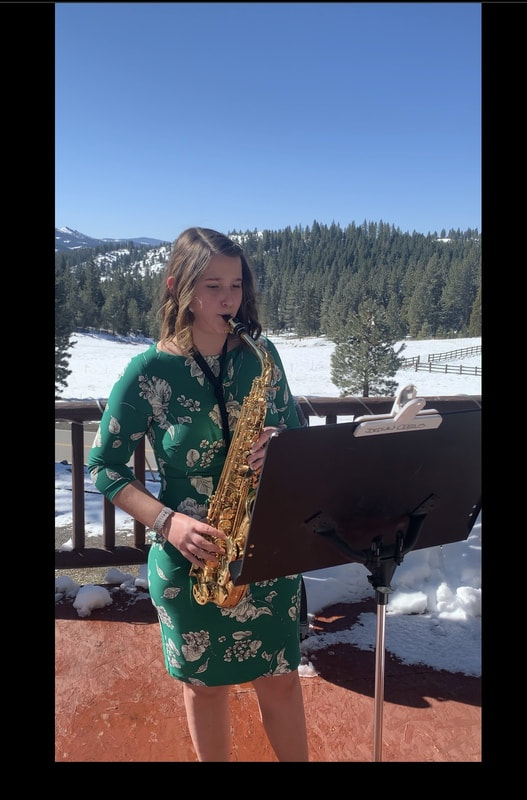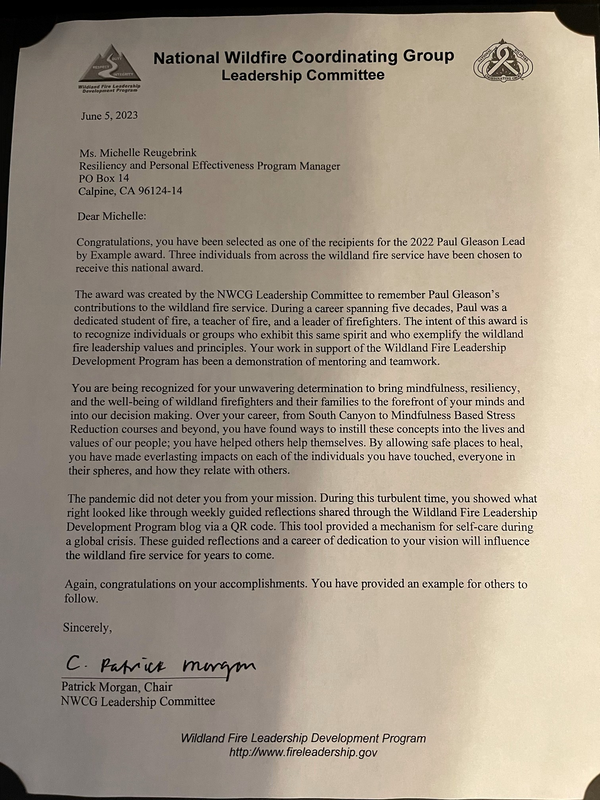Recognizing the constructive elements of conservation, efficiency, recycling and watershed management included in the Biden administration’s initial infrastructure proposal, a national coalition of more than 200 agricultural organizations and urban and rural water districts said today it would urge the federal government to further bolster investment in the nation’s aging water facilities.
In January, the coalition called on the administration and congressional leaders to invest in a diversified water management portfolio that enhances water supply and quality for urban and environmental uses, while keeping water flowing to Western farms and rural communities.
Though the details of the plan are still forthcoming, the coalition said it looks forward to working with the administration and Congress on the larger need for Western water infrastructure, such as above- and belowground water storage and conveyance facilities, along with federal financial mechanisms for such water projects.
With Western states facing another drought and their importance in supplying much of the nation’s food supply, the coalition said it is even more critical to recognize the need for rural water infrastructure investments to capture and store water for use when it is needed most.
“To ensure that food can continue to be safely and affordably produced in the West, and that rural communities continue to have access to the water critical to their economies, it is important that water supply investment be included as a necessary component of a national infrastructure package,” California Farm Bureau President Jamie Johansson said. “We will continue to work with congressional leaders to build on the administration proposal with enhanced funding for water infrastructure.”
“Decades of neglect have rendered our federal water projects unable to meet the human and environmental needs of the West,” Western Growers President and CEO Dave Puglia said. “While highways and bridges are front and center in the administration’s proposal, federal investments in water storage and conveyance present an opportunity to strengthen our farming and rural communities while providing good-paying jobs and an economic boon for the construction industry.”
“The severe drought punishing much of the West only emphasizes the need to plan now for future droughts and provide the funding needed to not only fix, but to ‘build back better’ the national system responsible for delivering water to homes, businesses, farms and the environment,” Family Farm Alliance Executive Director Dan Keppen said.
“Appropriate investments in water infrastructure will assure that underserved rural communities throughout the nation have access to clean, reliable water,” Association of California Water Agencies Director of Federal Relations David Reynolds said. “Water infrastructure funding can help the nation adjust to climate change, better protect the environment and help ensure safe, abundant, local food supplies.”
“The Biden administration has put its opening hand in the infrastructure debate on the table,” National Water Resources Association President Christine Arbogast said. “We look forward to additional details and discussion on the Western water and rural water elements specifically mentioned in the president’s Build Back Better proposal. Infrastructure needs in the West are different from other regions of the country, and they deserve the attention and investment which will come from the vigorous debate which will now begin in earnest. We look forward to working with the administration and Congress on this critical effort.”
The coalition includes organizations from 15 states that collectively represent $120 billion in agricultural production, nearly one-third of all agricultural production in the country, and tens of millions of urban and rural water users.
About Association of California Water Agencies:
The Association of California Water Agencies (ACWA) serves the water industry and the public by promoting local agencies as the most efficient means of providing water service; sharing reliable scientific and technical information; tracking and shaping state and federal water policy; advocating for sound legislation and regulation; and facilitating cooperation and consensus among all interest groups.
For more than a century, ACWA’s mission has been clear: to help members promote the development, management and use of good quality water at the lowest practical cost and in an environmentally responsible manner.
About California Farm Bureau:
The California Farm Bureau works to protect family farms and ranches on behalf of nearly 32,000 members statewide and as part of a nationwide network of more than 5.5 million Farm Bureau members.
About Family Farm Alliance:
The Family Farm Alliance is a powerful advocate for family farmers, ranchers, irrigation districts, and allied industries in seventeen Western states. The Alliance is focused on one mission - to ensure the availability of reliable, affordable irrigation water supplies to Western farmers and ranchers.
About National Water Resources Association:
National Water Resources Association advocates federal policies, legislation, and regulations promoting protection, management, development, and beneficial use of water resources. The association is dedicated to achieving sustainable water supply for all beneficial uses in an economical and environmentally responsible manner.
About Western Growers:
Founded in 1926, Western Growers represents local and regional family farmers growing fresh produce in Arizona, California, Colorado and New Mexico. Our members and their workers provide over half the nation's fresh fruits, vegetables and tree nuts, including nearly half of America's fresh organic produce. Some members also farm throughout the U.S. and in other countries so people have year-round access to nutritious food. For generations, we have provided variety and healthy choices to consumers. Connect with and learn more about Western Growers on our Twitter and Facebook.
# # #













